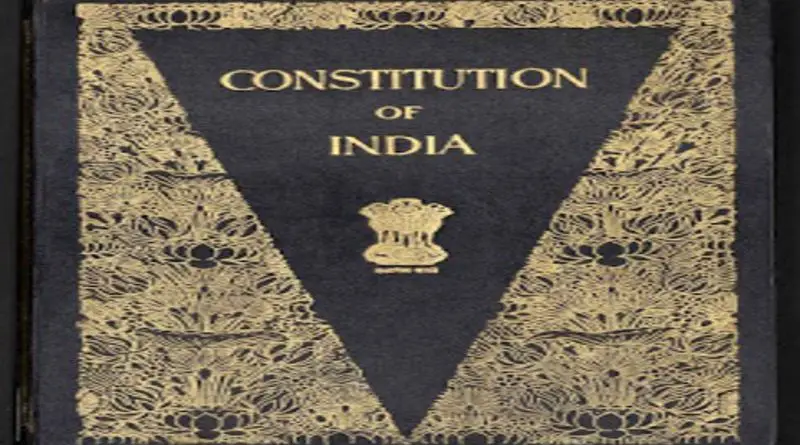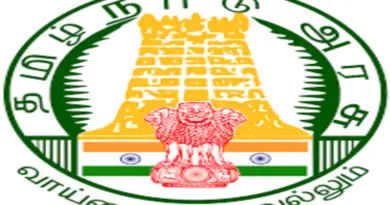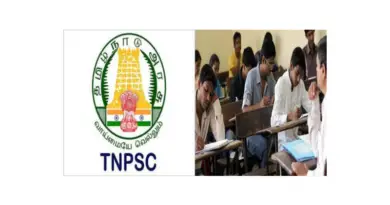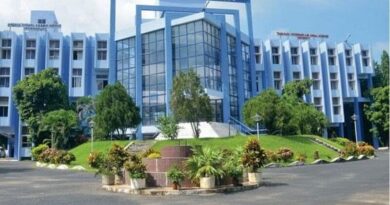Indian Constitution World’s longest and active constitution
India with a population of 1.33 billion is the largest democracy in the world. After surviving almost 200 years of ruthless British rule in India, the freedom fighters won independence on 15th August 1947. The history of freedom struggle has started much earlier in the 1700s with earlier resistance from local kingdoms and poligars here and there. The struggle initially was on personal lines where the affected Kings and their peasants fought for their freedom and restoration of their land rights.
The freedom struggle attained a national character when the Indian sepoys under British East Indian Company turned their rifles back at their officers during 1857 revolt. The momentum was felt and it spread like a forest fire all over the country. The kingdoms who were fighting lonely so far came united and showed their opposition together. Even though the fire was suppressed soon by the British, they felt the heat and it made them be more cautious.
The freedom struggle has seen so many phases but soon it was realized that only a political opposition can be a strong check towards the British rule. The formation of the Indian National Congress in 1885 came as the perfect legal weapon in support of the freedom struggle. From then the history started to execute the events leading to the destiny of independence. The journey was slow and steady passing all obstacles that came in the way.
The British actually underestimated the capacity of Indians and one such incident was the challenge posed by them to frame a constitution if possible before asking for independence. The congress committee under leaders like Chittaranjan Das and Motilal Nehru succeeded in it and submitted the Nehru report in 1928. The first seed of the Indian constitution was sowed here. As the British rejected it without reasons, it kindled the freedom fire among Indians thus resulting in the proclamation of Purna Swaraj by Jawaharlal Nehru on 26 January 1930 on the banks of Ravi.
Finally, the big day arrived on 15th August 1947. India attained its independence and all set free to rule itself. Jawaharlal Nehru became the first Prime Minister of free India. India was declared as a democratic country and all the powers were vested on the people of India. Now the most important task of framing the constitution has to be taken up by the newly formed government. A constitution drafting committee was set up under Dr.B.R.Ambedkar who crafted the world’s longest constitution after making a detailed investigation and references of world constitutions.
On 26 November 1949, the constituent assembly formally adopted the Indian constitution with 395 articles, 22 parts and 8 schedules providing six fundamental rights, ten fundamental duties to its citizens and also guidelines to the future governments. The objective resolution which was passed by Jawaharlal Nehru was conceived as the preamble to the constitution stating the exact nature of the Indian constitution. However, it came into effect from 26 January 1950 on the Purna swaraj day and from then being observed as the Republic day of India.
The constitution of India is well designed to absolve the modern changes of the society but can still stay strong and firm in maintaining its integrity and sovereignty. So now it has grown to contain 448 articles, 25 parts, 12 schedules, 5 appendices, and 101 amendments thus making it the world’s longest and active constitution and followed as the supreme law governing the world’s second-largest population.
Disclaimer: The pictures used are only for reference and we do not own the copyrights.




